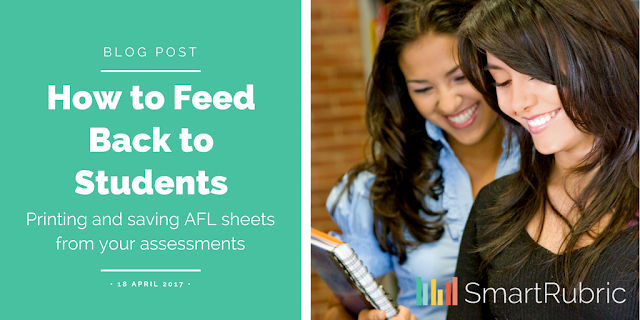Student Presentations - the X-Factor format

Here's the problem: Student presentations are boring. One student is talking, and twenty-nine students are bored out of their skulls. The problem compounds itself as time goes by, and you need a class full of orators to avoid a riot by minute 45. It goes without saying that you should limit the number of student presentations per lesson, but the X-Factor format helps too. Here's how you do it: Pull a long table or three desks into the center of the room, facing the front. This is where your judges sit. Everyone else is audience. In front of each judge seat, stick a copy of the presentation rubric . In fact, every student in your class should have one. Give the judges a stopwatch, and a whiteboard or a big bit of paper and a marker for scores. The judges should be rotated out every couple of presentations, and it's a great way to give That Kid a place to showboat a little bit in a productive way. The judges have strict rules for criticism. They must be constru...




